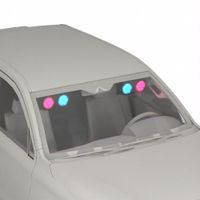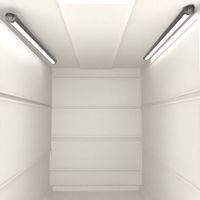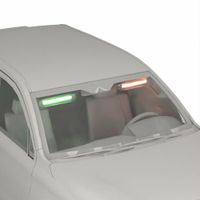Interior vehicle lighting enhances passenger safety in several ways. Firstly, it improves visibility inside the vehicle, allowing passengers to easily locate seatbelts, door handles, and other essential controls, especially in low-light conditions. This reduces the risk of accidents or injuries when entering or exiting the vehicle.
Secondly, ambient lighting can help reduce driver fatigue by providing a soothing environment, which is crucial for maintaining focus during long drives. Properly designed lighting minimizes glare and distractions, ensuring that the driver’s attention remains on the road.
Thirdly, interior lighting aids in emergency situations. In the event of an accident, illuminated interiors can help passengers quickly find exits or emergency equipment, such as first aid kits or fire extinguishers. This can be critical in facilitating a swift evacuation or response.
Additionally, interior lighting can enhance the effectiveness of safety features. For example, illuminated indicators for airbags or seatbelt reminders ensure that passengers are aware of their status, prompting them to take necessary actions to secure themselves.
Furthermore, interior lighting contributes to the overall comfort and psychological well-being of passengers. A well-lit environment can reduce anxiety and stress, which indirectly supports safety by promoting a calm and focused atmosphere.
Lastly, advanced lighting systems, such as adaptive or color-changing lights, can be used to convey important information. For instance, they can alert passengers to changes in vehicle status or external conditions, such as weather alerts or navigation cues, thereby enhancing situational awareness and preparedness.
In summary, interior vehicle lighting plays a crucial role in enhancing passenger safety by improving visibility, reducing fatigue, aiding in emergencies, supporting safety features, and promoting a comfortable and alert environment.



